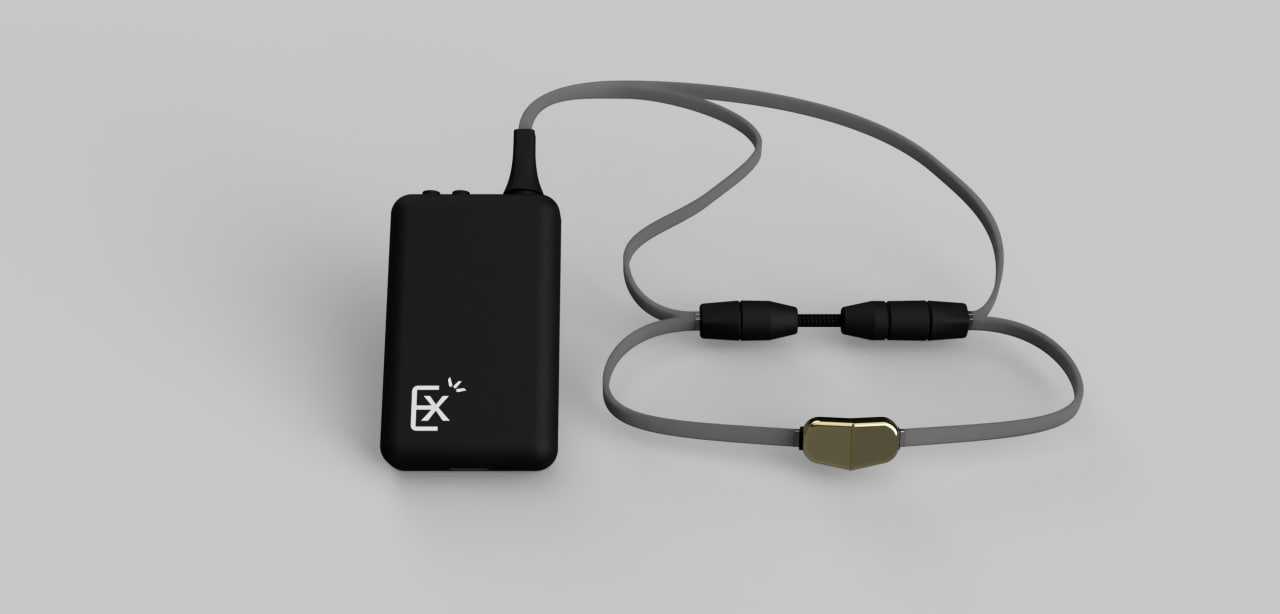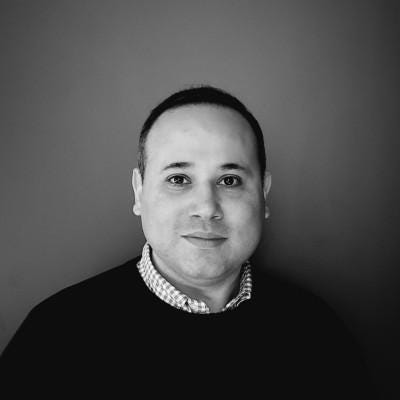MedTech Startup Expertiqa Creates Revolutionary Communication Device to Help Patients with Severe Disabilities
Expertiqa Technologies, a Canadian MedTech startup, is preparing for a major push into the Asian market, seeking R&D and manufacturing partnerships in Taiwan to accelerate the development of its groundbreaking “Hummingbird” device. This access switch technology, which enables non-communicative individuals to interact with their surroundings through vocal humming, is projected to address a multi-billion-dollar segment of the global accessibility market.
From Hospital Research to Commercial Product
Expertiqa was founded by Managing Director Kamyar Rouindej, an engineer with a diverse background spanning Clean Tech, MedTech, and the technology sector. Rouindej was brought in by Toronto’s Holland Bloorview Kids Rehabilitation Hospital in 2023 to commercialize their research on the Hummingbird device.
The original concept was developed to help children with severe disabilities—such as cerebral palsy—who are non-verbal and unable to form words. The research showed that humming, a simple vocal vibration, could be consistently produced and used as an alternative mode of communication.
“It’s hard not to try to do it, at least give it a try, and say we can do something about [it],” Rouindej noted, explaining his motivation to transform the research into a commercial product that improves the quality of life for those with limited ability to communicate.
How Humming Becomes Control
The Hummingbird device functions as an access switch technology, translating a user’s humming into a control signal, not a language.
“Humming is a signal,” Rouindej clarified. “You can think of it as a stroke or click on a very simple keyboard or mouse.”
The technology works via a neck-worn band that contains sensors and a connected processing unit. This system listens, filters, and processes the vibration of a hum, distinguishing it from unintentional noises like coughing. The processed signal is then wirelessly or wired to a control device (such as a computer or touchscreen).
Currently, the system offers binary control (hum or no hum) and variation based on duration (long hum for ‘Enter’, short hum for ‘Space’), allowing users to navigate communication software (AAC systems) or control aspects of their environment, similar to how eye-gazing technology works. The company is actively working to expand the device’s capabilities beyond two to three or four distinct outputs.
The demand for the prototypes has been overwhelming. Rouindej stated that initial prototypes distributed for testing have not been returned because patients lack any viable alternative, underscoring the device’s immediate life-changing impact.
Global Market and B2B Strategy
Expertiqa is entering a fast-growing, segmented market. The total global addressable market (TAM) for rehabilitation and assistive technologies is estimated at around $30 billion. Expertiqa is targeting a sub-segment worth a few billion dollars, which is experiencing a compounded annual growth rate (CAGR) of about 9.1%.
This growth is driven by two key trends: earlier and better diagnosis in children and a rapidly aging global population. The company expects the market size to double within the next five to ten years.
Expertiqa’s core business model is currently B2B, focusing on rehab centers, hospitals, and clinics that will act as distributors. These clinical partners are essential for patient diagnosis, device calibration, and regulatory compliance.
“We want to be in the US$1 billion mark in terms of what’s going to be the value [in 10 years],” Rouindej projected, with a focus on North America and Asia, where approximately 40% of the target population resides.
Taiwan as a Strategic Hub for Growth
The company’s visit to Taiwan is highly strategic, aimed at resolving major pain points experienced during development in Canada:
Access to Clinical Testing: Canada’s sparse, spread-out population makes gathering a large, concentrated group for clinical trials and rapid usability feedback a challenge. Taiwan offers concentrated population centers and a robust healthcare network, allowing for faster and more efficient testing cycles.
Rapid Prototyping and Manufacturing: Rouindej cited significant delays (3–4 weeks) in sourcing and building electronic components in Canada. Taiwan’s vertically integrated supply chain and strong electronics manufacturing ecosystem are expected to dramatically reduce the time needed for design changes and small-batch production runs. This capability is crucial for iterating on the device rapidly for different regulatory and patient needs.
Scaling Partners: Expertiqa is actively seeking potential partners like Acer or BenQ Medical, which have the expertise to eventually manufacture the device at scale.
“We just feel that the Taiwanese market allows for a lot of that to happen at the same time,” Rouindej said, noting that co-development in Taiwan could streamline the process of design, testing, and production into a single jurisdiction, significantly accelerating the time to market.
Expertiqa is currently positioning the Hummingbird device as a low-risk product, but its internal processes are already designed to meet the rigorous standards of a Class Two medical device, ensuring readiness for international regulatory approvals, including those in Asia. The company’s vision is to have the technology on the market within five years, eventually becoming a global B2C player in the next decade.
Read the Mandarin version:



